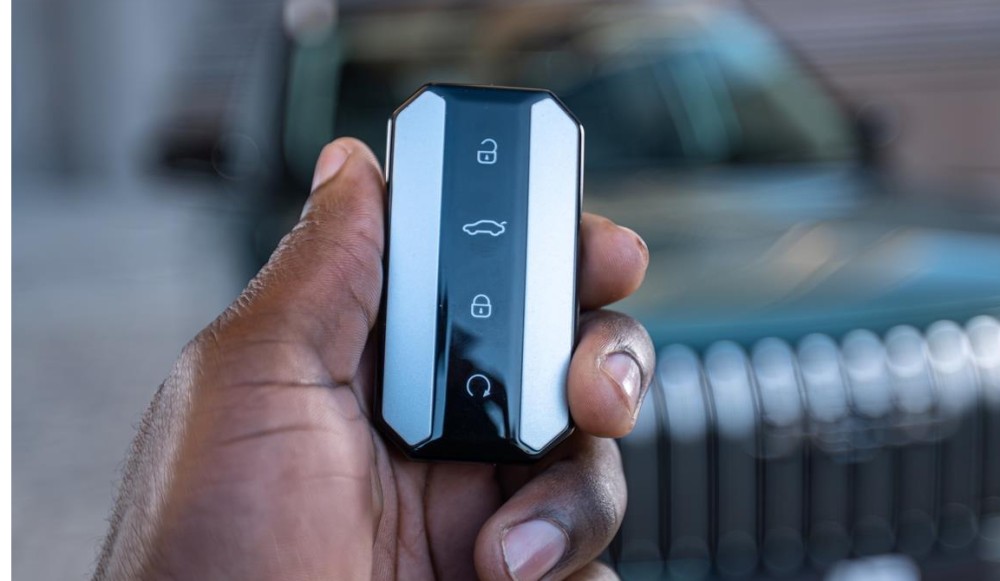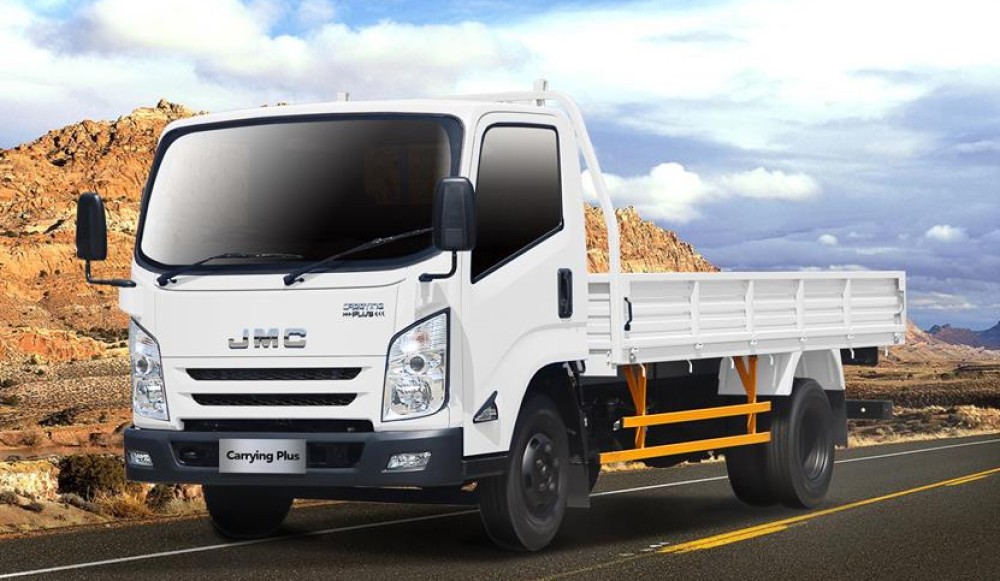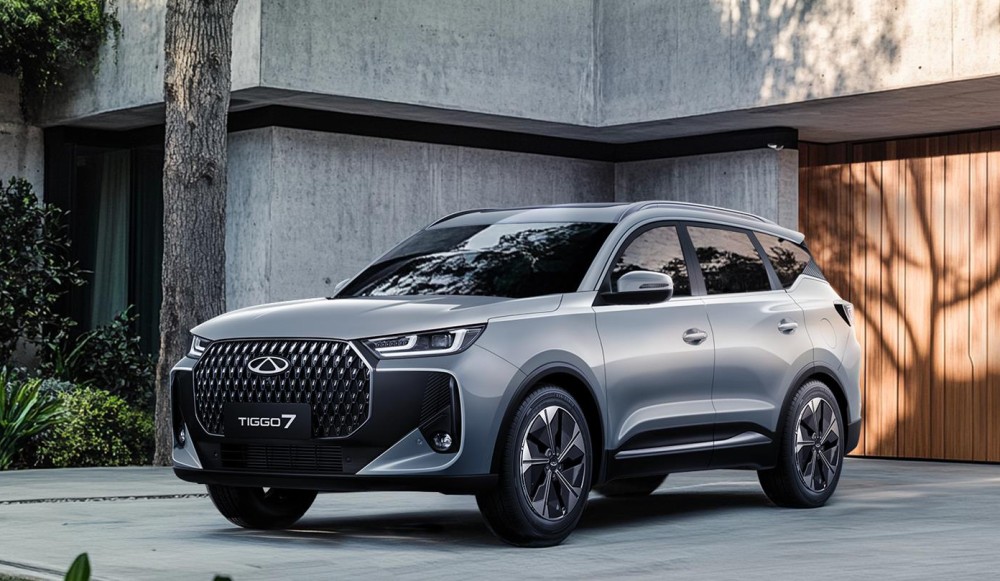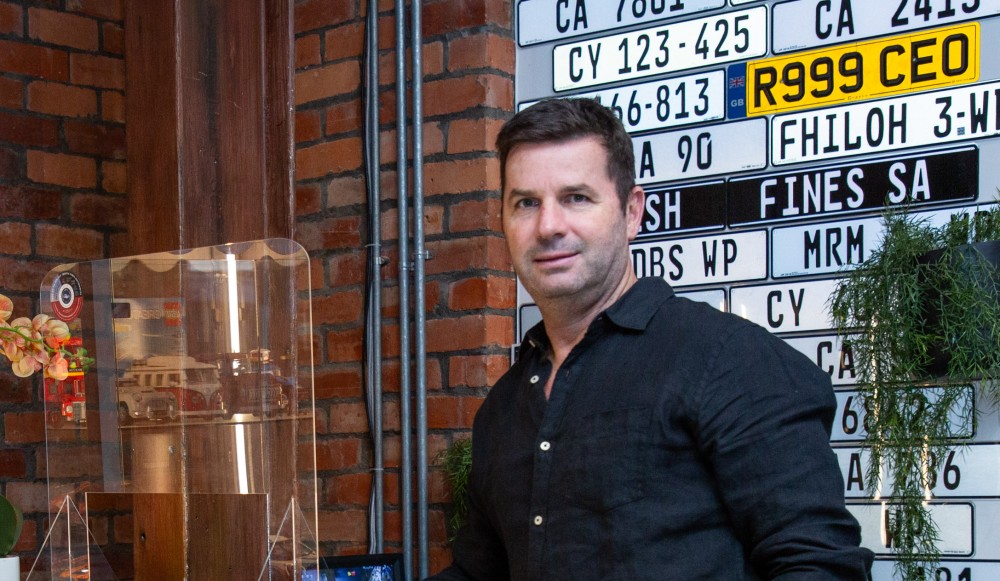South Africa’s road safety crisis remains a pressing concern, with certain routes consistently reporting high collision and fatality rates. While no single road can be labelled unequivocally as the ‘worst’, analysis of published data from the Road Traffic Management Corporation (RTMC), Arrive Alive campaigns and provincial traffic reports reveals recurring danger zones. These include sections of the N3, N1, R61 and N2 highways, where a combination of infrastructural shortcomings, driver behaviour and socio-economic factors converge.

Image: Tudor Smith/Pexels
N3: A Freight Corridor with Inherent Risks
The N3, linking Johannesburg and Durban, is a critical freight route, with some 12 000 heavy vehicles traversing its winding, mountainous sections daily. According to 2022 RTMC data, heavy trucks accounted for approximately 38% of collisions on this highway, exacerbated by sharp declines, such as Van Reenen’s Pass, where brake failures are frequent.
The annual festive season often sees collision rates spike by 15,5%, attributed to congestion and driver fatigue. While engineering upgrades, like additional emergency lanes, have been implemented, the sheer volume of traffic and inconsistent enforcement of speed limits perpetuate risks.
Good insurance is as vital as safe driving – click here to find out more

Image: Pexels
R61: Neglect and Vulnerable Road Users
In the Eastern Cape, the R61 stands out for its poor infrastructure and high pedestrian fatalities. A 2021 provincial report noted that 45% of collisions on this route involved pedestrians, many of whom walk along the road due to inadequate public transport in rural areas. Potholes, insufficient lighting and a lack of pedestrian crossings further compound dangers. During peak holiday periods, collision rates have risen by 18,2%, reflecting both increased traffic and deteriorating road conditions.
N2: A Scenic Route with Hidden Perils
The N2, stretching through the Western Cape and KwaZulu-Natal, presents a paradox: its scenic beauty belies hazards such as stray livestock, minibus taxi conflicts and sharp bends. In KwaZulu-Natal alone, the RTMC recorded 742 fatalities on the N2 between 2020 and 2022, with 27% involving minibus taxis. Overloading, poor vehicle maintenance and risky overtaking manoeuvres are cited as key contributors. Additionally, sections such as the Mtentu Bridge area are prone to fog-related pile-ups, yet signage and visibility enhancements remain inadequate.
Finance is a bridge easily crossed - click here

Image: Sanral
Underlying Causes: Beyond the Roads Themselves
The dangers on these routes cannot be attributed solely to geography or design. Systemic issues, such as lax enforcement of traffic laws, play a significant role. For instance, a 2023 RTMC audit found that only 32% of freight vehicles on the N3 underwent mandatory roadworthiness checks. Meanwhile, socio-economic disparities force many pedestrians to navigate high-speed corridors, as seen on the R61. The proliferation of unroadworthy minibus taxis, driven by economic necessity, further escalates risks on the N2.
A Path to Safer Roads
Addressing these challenges requires coordinated action. Prioritising infrastructure investment — such as expanding the N3’s emergency lanes, installing street lighting on the R61 and upgrading N2 signage — is critical.
However, physical improvements must be paired with stricter enforcement of traffic laws, including routine vehicle checks and speed monitoring. Equally vital are socio-economic interventions: reliable public transport in rural areas could reduce pedestrian exposure, while subsidies for taxi operators to maintain vehicles might curb mechanical failures.
Ultimately, South Africa’s high-risk roads are a microcosm of broader societal challenges. Reducing fatalities demands not only engineering solutions but also a commitment to equitable development and accountability. Without this multifaceted approach, progress will remain fragmented, and the toll on human lives will persist.
Colin Windell for Colin-on-Cars in association with
proudly ALL THINGS MOTORING








